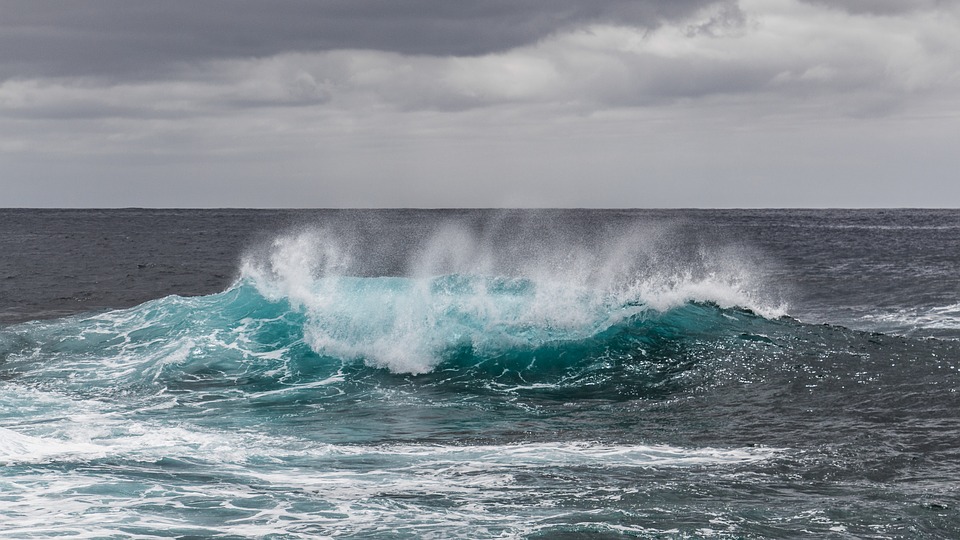A study has found that ‘hundreds of thousands’ of tonnes of microplastics could be blowing ashore from the sea breeze every year.
The study, by the University of Strathclyde and Observatoire Midi-Pyrénées (CNRS-University of Toulouse), found evidence that microplastics could be ejected by sea spray, released into the atmosphere and transported back onto land.
The university said that this goes against the common assumption that plastic which ends up in the sea remains there.
The researchers reviewed evidence from existing literature relevant to the theory that ocean plastic makes its way back onto land, this was followed up with a pilot study which analysed microplastics in sea spray at Mimizan beach in Aquitaine on the south-west Atlantic coast of France.
A ‘cloud catcher’ machine and pumped filters were used to capture water droplets to be analysed for microplastics, with the sampling of various wind directions and speeds including a storm and sea fog event.
Plastic fragments as small as five micrometers and up to 140 micrometers-long found in the air suggested that microplastics are being ejected by the sea in bubbles, Strathclyde University said.
The researchers concluded that microplastics in the ocean could be transferred to the air by the process of ‘bubble burst ejection’ and ‘wave action’, for example from strong wind or turbulent seas.
Steve Allen, a Strathclyde PhD candidate who co-led the study, said, “Sea breeze has traditionally been considered ‘clean air’ but this study shows surprising amounts of microplastic particles being carried by it.
“It appears that some plastic particles could be leaving the sea and entering the atmosphere along with sea salt, bacteria, viruses and algae.
“Bubble ejection of particles is a well-known phenomenon but we have now shown that microplastic is also being ejected from the sea. To date, there has been no consideration of the oceans as an atmospheric microplastic source.
“We keep putting millions of tonnes of plastic into the ocean every year, this research shows that it is not going to stay there forever.”
Co-research lead, Dr Deonie Allen of Strathclyde added, “Where the oceanic plastics being ‘lost’ is relatively unknown and this research adds a small but important piece to the puzzle.
“We don’t know a lot about the effect on humans but a growing number of studies are showing there is a potential danger from inhalation of microplastic particles”.














